So I have this login form and I have a "user photo." I'm trying to make it so that when you hover the mouse over the photo area, a transparent label with a colored background will appear (to give the effect of "selecting the photo"). It looks like this:

And once you move your mouse off it, it goes back to being "deselected."
Now my problem is, if you hover your mouse over the login button first then move your mouse over the photo, a "ghost login button" appears. It looks like this:

I don't know why this is happening. Can someone help? Here is the relevant code:
package com.stats;
public class Stats extends JFrame implements Serializable {
private JLabel fader;
public Stats() {
try {
Image image = ImageIO.read(new File(System.getenv("APPDATA")
+ "\\Stats\\Renekton_Cleave.png"));
JLabel labelUserPhoto = new JLabel(new ImageIcon(image));
fader = new JLabel();
fader.setBounds(97, 44, 100, 100);
fader.setOpaque(true);
fader.setBackground(new Color(0, 0, 0, 0));
labelUserPhoto.setBounds(97, 44, 100, 100);
PicHandler ph = new PicHandler();
contentPane.add(fader);
contentPane.add(labelUserPhoto);
fader.addMouseMotionListener(ph);
} catch(Exception e) {
e.printStackTrace();
}
}
private class PicHandler implements MouseMotionListener {
public void mouseDragged(MouseEvent e) { }
public void mouseMoved(MouseEvent e) {
int x = e.getX();
int y = e.getY();
System.out.println("x: " + x + ", y: " + y);
if ((x > 16 && x < 80) && (y > 16 && y < 80)) {
if (!fader.isOpaque()) {
fader.setOpaque(true);
fader.setBackground(new Color(0, 0, 0, 40));
fader.repaint();
}
} else {
if (fader.isOpaque()) {
fader.setOpaque(false);
fader.repaint();
}
}
}
}

